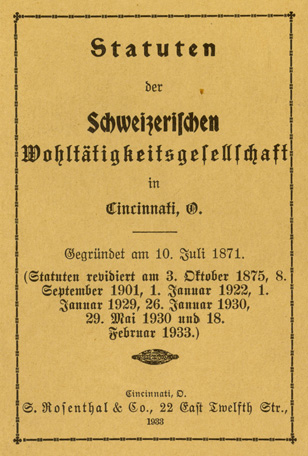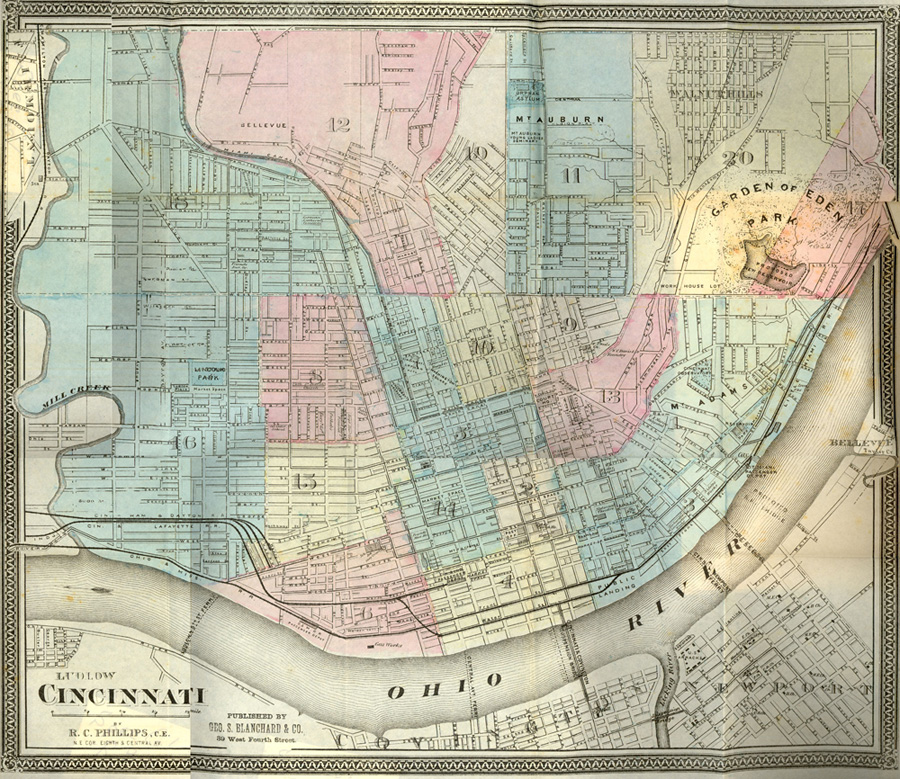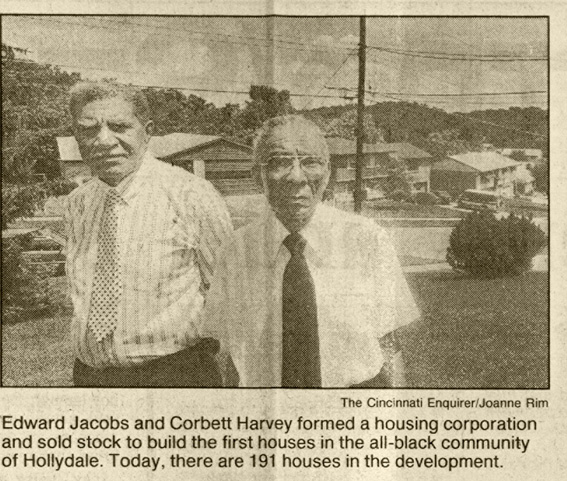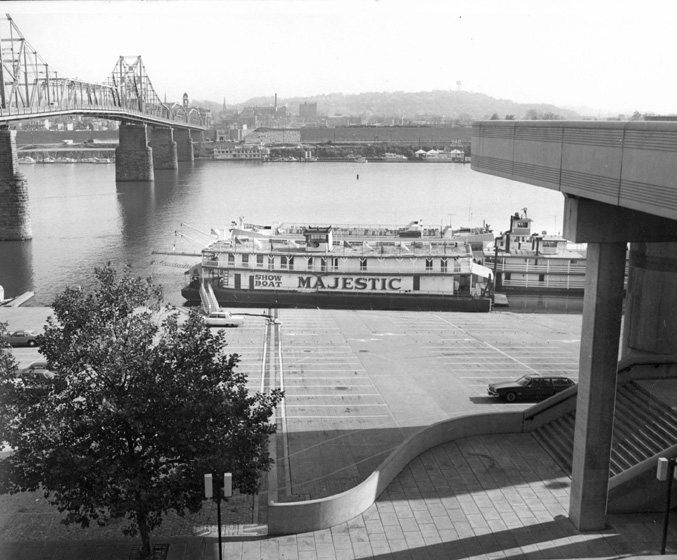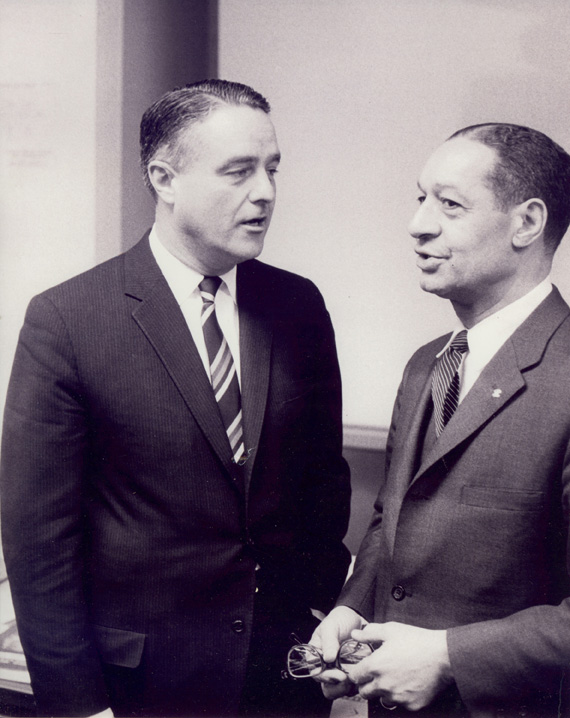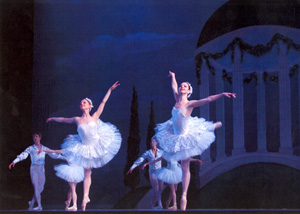By Suzanne Maggard
In the Archives and Rare Books Library, we help students, faculty, and even outside researchers with their projects, so it is always exciting when we are able to reap the benefits of great student projects of the past. One such project is a collection of oral histories organized by Eleanor Smith, a professor in the Afro-American Studies Department (now the Department of Africana Studies) at UC. Smith was inspired to direct this project after encountering a lack of information on black Cincinnatians in the area’s libraries and archives. She designed an oral history class to change that and in 1975 and 1976, Smith’s students conducted interviews with 23 African-Americans in Cincinnati from a variety of backgrounds. The oral histories that resulted from this project provide a unique view of African American life in Cincinnati in the early and mid-20th century and shed light on the experiences of African Americans in a city where segregation may not have always been in writing, but was certainly the norm. Those who were interviewed saw the importance of passing on their stories to the next generation. Although equal rights were still being sought in the mid-1970s and are still a struggle today, leaps and bounds were made in the lifetimes of many of these men and women and their stories taught the student interviewers important lessons.

